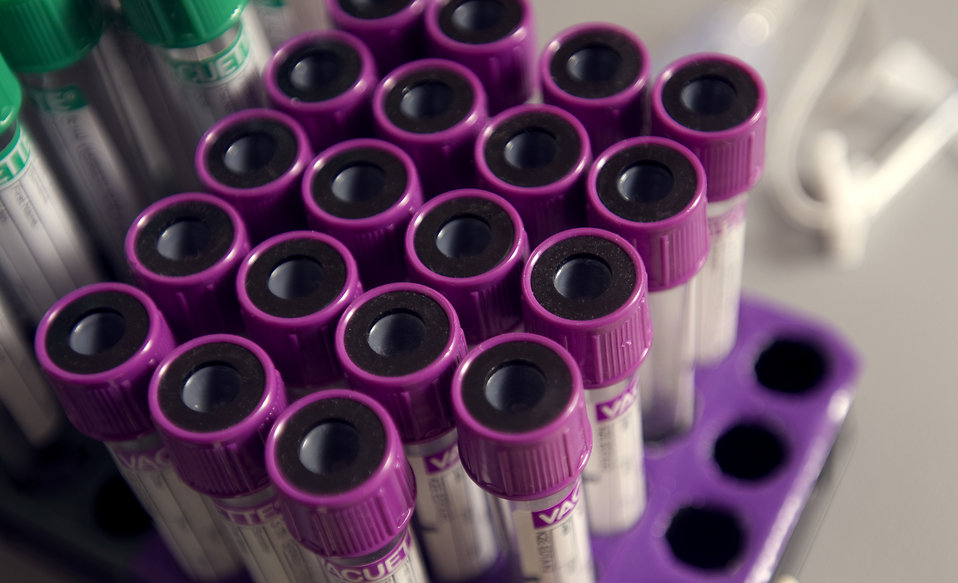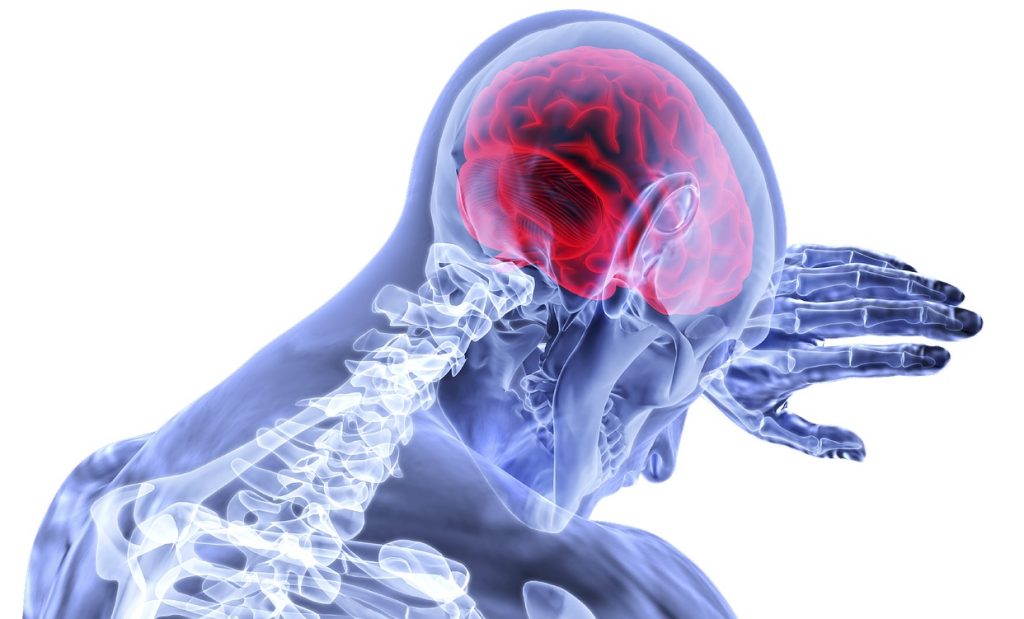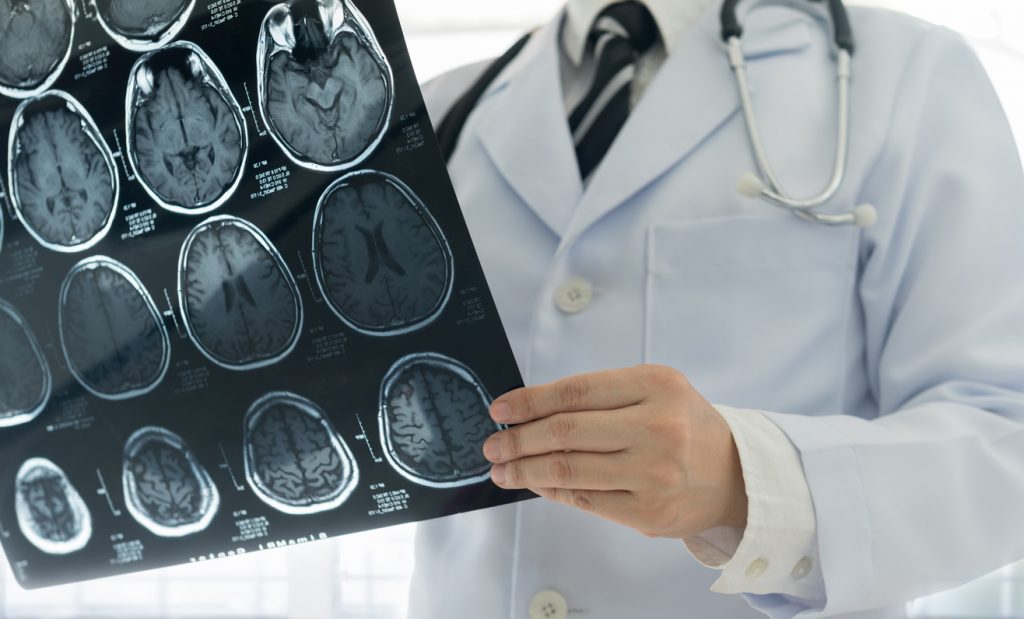This project is evaluating programs to improve reading and writing skills in children who have or are at risk for having reading disabilities. The project focuses on children who are at-risk for low achievement in school and on children with dyslexia.
Official Title
Learning Disabilities: Links to Schools and Biology
Conditions
– Dyslexia- Learning Disorders
Study Type
Interventional
Study Design
Treatment, Randomized, Single Blind, Active Control, Factorial Assignment, Efficacy Study
Further Details
This study is part of a larger project to investigate the biological and educational constraints operating in children with learning disabilities, with a focus on treatment and links between assessment and treatment. The project evaluates prevention and treatment of reading and writing disabilities, the genetic contribution to subtypes of dyslexia, the relationship between brain variables and dyslexia, and the brain’s response to treatment for dyslexia. Genetic and brain imaging studies occur throughout the project. During Year 1, at-risk readers in first grade were targeted for an intervention for mapping spoken words onto written words. These students were compared to a control group. During Year 2, the faster responders (those who reached grade level) and the slower responders (those who were not yet at grade level) from Year 1 were compared. Slower responders received additional treatment and comparisons were made again at the end of the year. The additional treatment was also studied in Spanish-speaking students in first grade. During Year 3, another group of at-risk, poor readers in second grade were randomized to either word decoding treatment, comprehension treatment, a combined word decoding and comprehension treatment, or a control treatment. During Year 4, readers at risk for failing state standards in reading (decoding) participated in an extended day program providing comprehensive reading instruction. The students were compared to a control group. During Year 5, all students grades 4 to 9 took a battery of morphological, reading, and writing tests. The testing was administered throughout an entire school system. During Year 6, older students with dyslexia were randomly assigned to phonological or morphological reading training. Students were then compared on pre- and post-test behavioral measures and brain activation results. During Year 7, students with dyslexia were randomly assigned to an orthographic or morphological treatment for spelling. Students underwent brain imaging before and after the intervention. Behavioral and brain activation measures were also assessed. During Year 8, students with dyslexia underwent attention or fluency training and writing training with and without attentional bridges. Only behavioral measures were collected. Recruitment of families for the family genetics study is ongoing. Recruitment for the brain imaging-treatment studies will begin in 2004 when installation of new brain imaging equipment is complete.
Study Start
October 1996
Eligibility & Criteria
Inclusion Criteria:- Student in grades 1 to 9 – Underachieving in reading and writing – English as first language Exclusion Criteria:- Mental retardation – Developmental disability such as autism or pervasive developmental disorder – Brain damage or disease affecting brain function – Severe language or psychiatric disorder
Total Enrolment
2500
Contact Details
[1] University of Washington, Seattle, Washington, United States; Recruiting, Jennifer Thomson, Ph.D.
All content and media on the HealthEngine Blog is created and published online for informational purposes only. It is not intended to be a substitute for professional medical advice and should not be relied on as health or personal advice. Always seek the guidance of your doctor or other qualified health professional with any questions you may have regarding your health or a medical condition. Never disregard the advice of a medical professional, or delay in seeking it because of something you have read on this Website. If you think you may have a medical emergency, call your doctor, go to the nearest hospital emergency department, or call the emergency services immediately.







